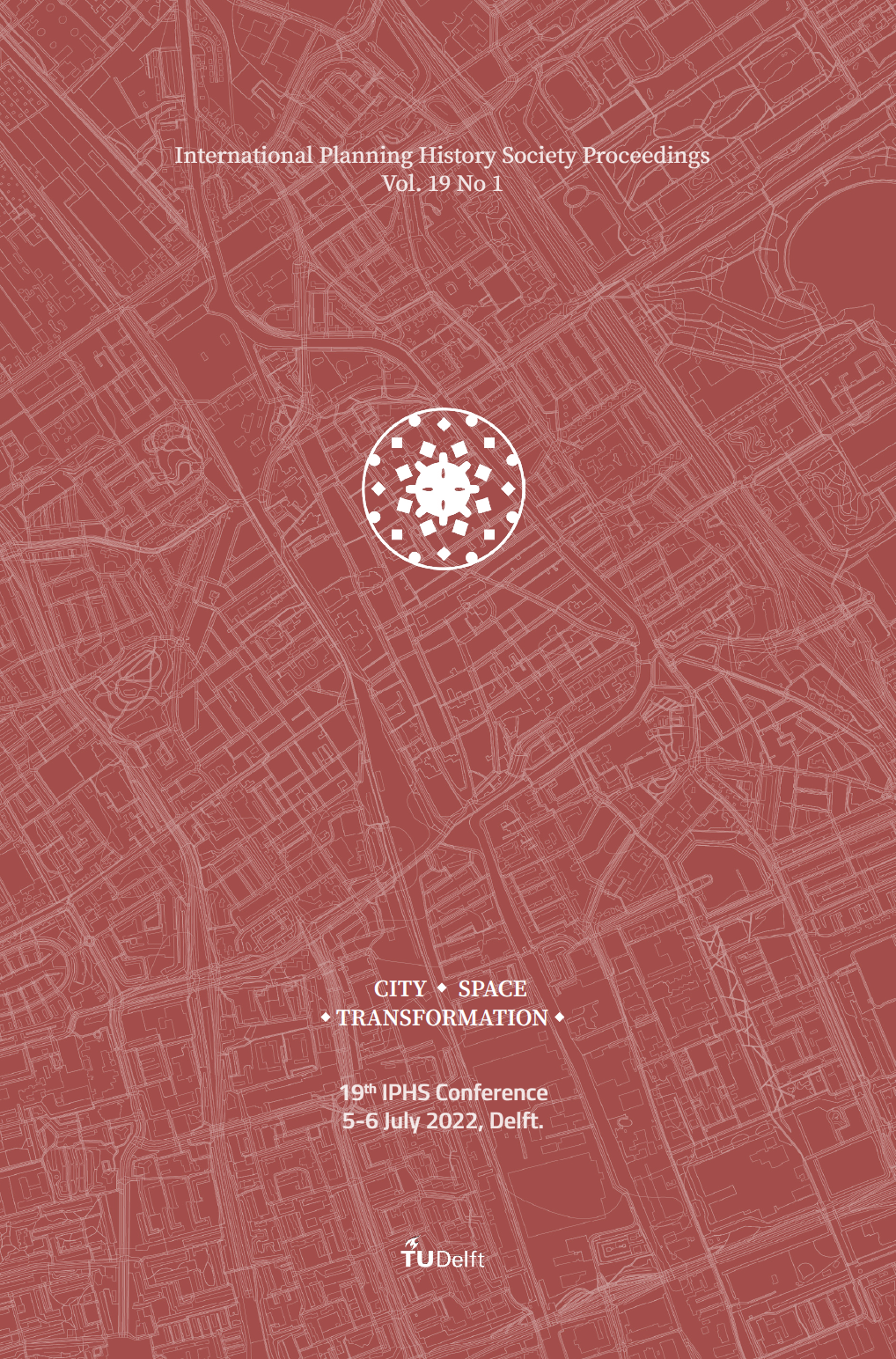Lisbon Urban Allotments
A twentieth century cartographic account
Abstract
Access to food constitutes one of the most basic daily human needs. Throughout history, cities have been shaped in order to accommodate the growth of food, namely in garden allotments. The shape and location of such areas have received differentiated levels of attention by city authorities, guided by specific planning paradigms, while determining different urban form arrangements over time, including those for the production of vegetable farming. This presentation exposes the first attempt of a legend proposal for the existing types of vegetation present in the “Plan of the City” for Lisbon, elaborated between 1948 and 1959. The identification of these vegetation elements is important as it provides an opportunity to better visualize the metabolic condition of the City of Lisbon, at a period of time when deep societal changes affected its urban and territorial arrangements. During the 1950s onwards, Lisbon testified the elaboration of a number of municipal plans, including new neighbourhoods, determining the reorganization of its housing fabric and the consequent vanishing of vegetation areas. The implications of these on the spatiality of the Lisbon food system are yet to be determined and urge for further investigation, namely on historical mapping sources as it is here attempted.
Downloads
Published
How to Cite
Issue
Section
License
Copyright (c) 2022 Teresa Marat-Mendes, Patrícia Bento d’Almeida

This work is licensed under a Creative Commons Attribution 4.0 International License.

